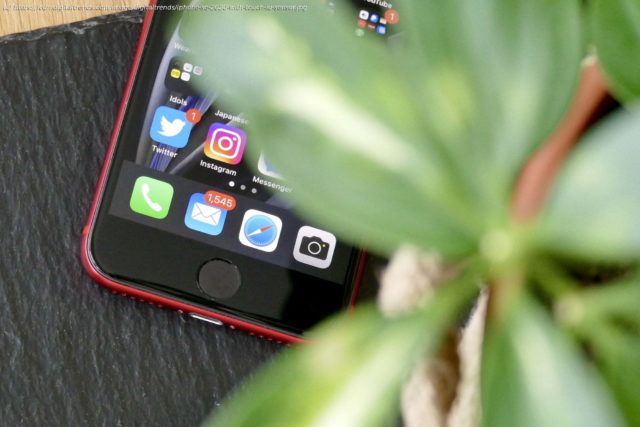As Apple gears up to release another iPhone SE, it’s worth thinking why other companies haven’t adopted this deceptively simple sales strategy
The iPhone SE is a remarkable device in that it is remarkably unremarkable. Where other companies are pushing the boundaries on their midrange and cheap devices, luring customers with insane and powerful designs, and pushing colorful combinations, wild cameras, and more in a desperate bid to grab just one more sale, Apple’s SE is a retread of years past. More than a peek into the future, the SE is a snapshot of the past, a time capsule packed with tech and an aesthetic thought from bygone days. Were it made by any other company, they would be laughed right out of the metaphorical room. And it works because Apple can capture the two things to appeal to its primary customers: Nostalgia and sales. The very first iPhone SE launched in 2016. Coming a few months before the iPhone 7 and 7 Plus, it was easily recognizable for what it was: An appeal to nostalgia. Sure, you can get the newfangled iPhones with larger screens and rounder designs, but the iPhone SE served the role of comfort food for those who wanted to cling to their iPhone 5 devices a little longer. The company didn’t embark on the SE stage for four more years before it debuted the iPhone SE (2020) amid a pandemic and supply chain crisis. At that point, the SE not only served the role of cheap phone, but that of a small iPhone in a pre-iPhone Mini world. If reports are correct, yet another SE will debut tomorrow — cheap, cheerful, and a throwback to the 2017-era iPhone 8.






